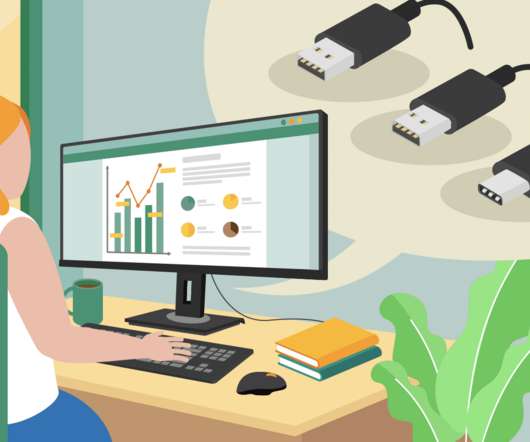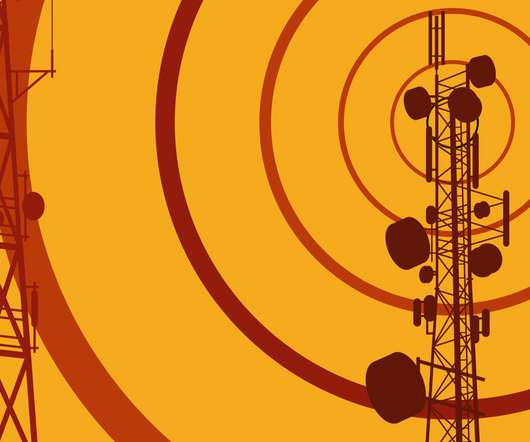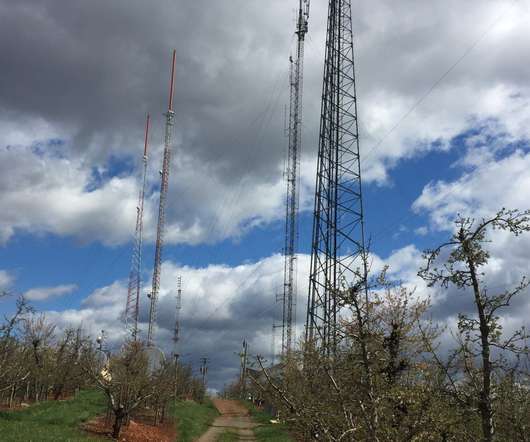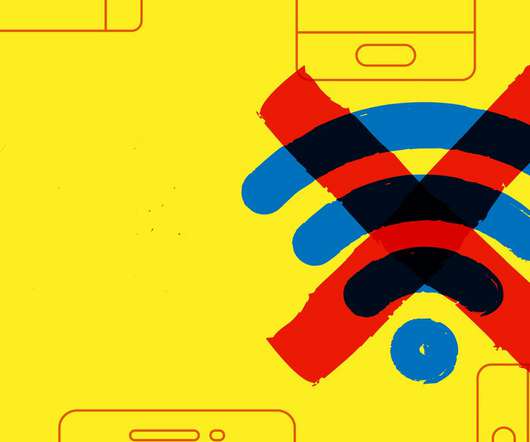USB-C, USB-B, and USB-A: What’s the Difference?
ViewSonic Education
NOVEMBER 29, 2021
On the other hand, USB-C simplifies things considerably, with fully reversible, bi-directional power capabilities and better data rates. However, mobile phones and tablets are among the most commonly connected devices using USB and flash drives since their earliest iterations. had a data rate of 1.5 had a data rate of 1.5
























Let's personalize your content